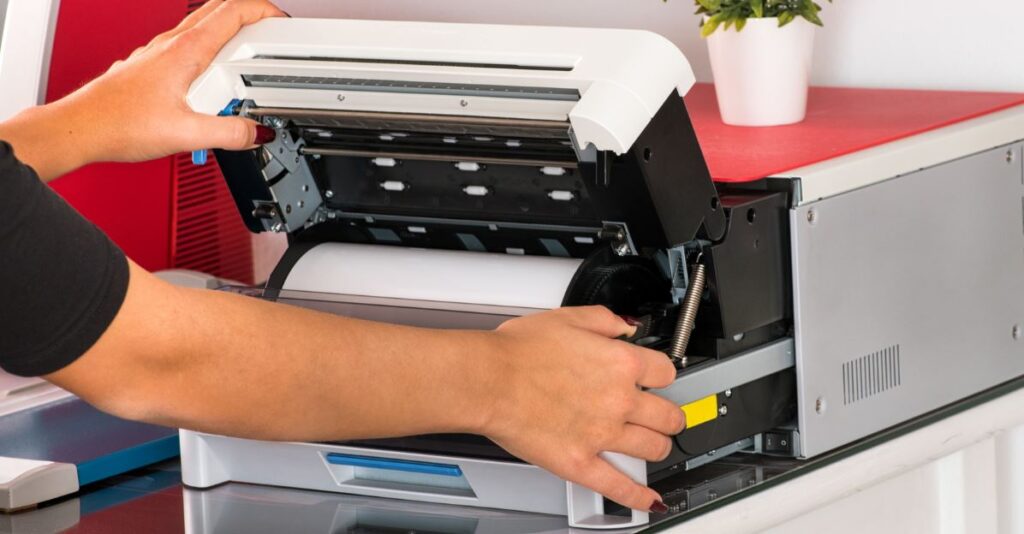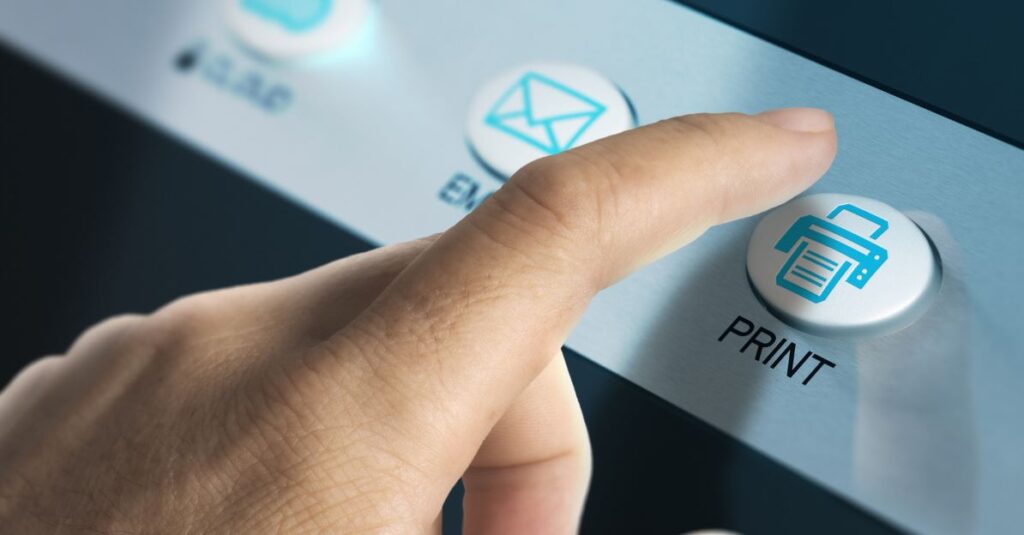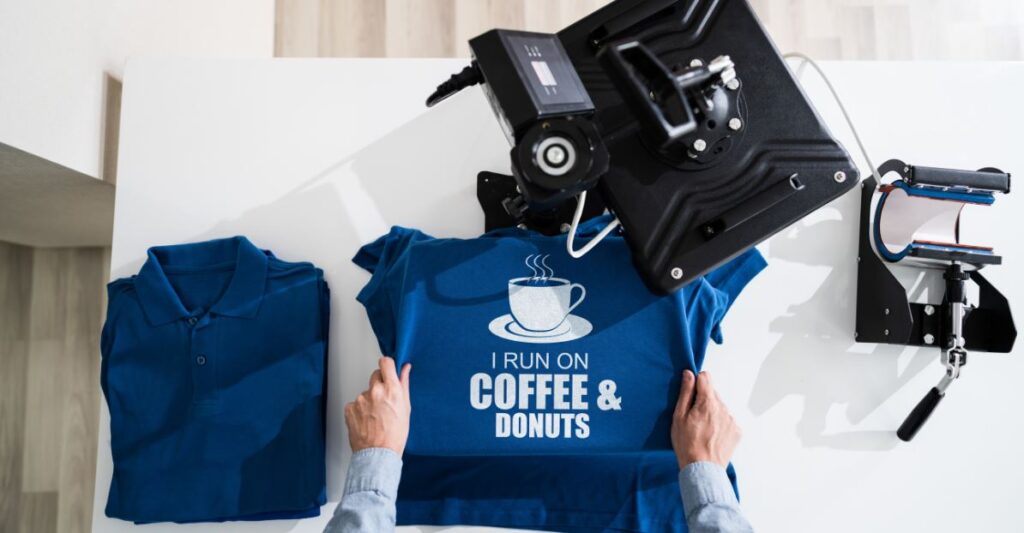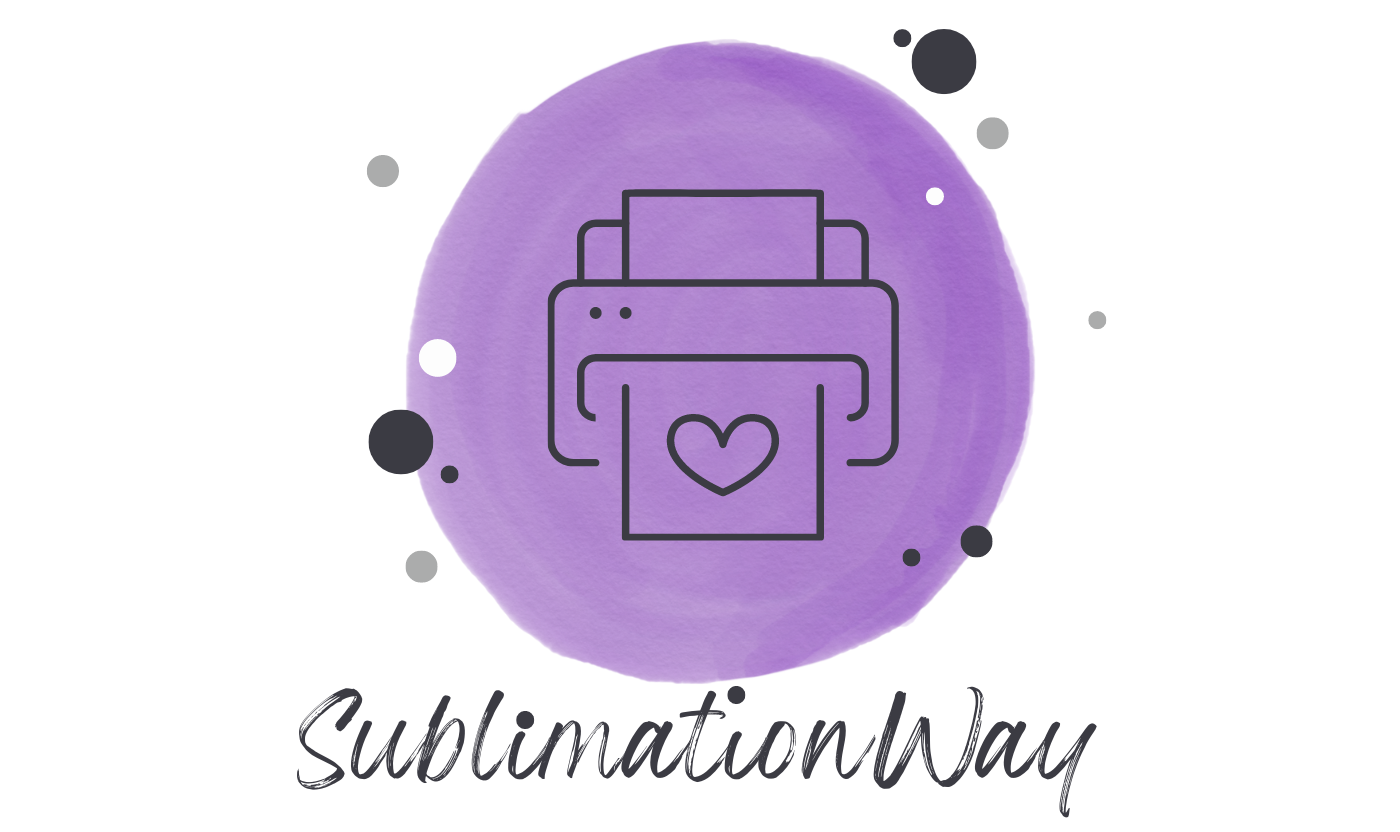What is the scope of Sublimation Printing in the coming years? Is it going to be worth it or not?
Sublimation printing is a type of digital printing. It’s a relatively new technology, but it has a lot of potential for a variety of applications.
In this post, we answer the question: What is Sublimation Printing and What is its Scope, we’ll take a closer look at its benefits and drawbacks and some of its potential uses. Stay tuned for more posts on this topic in the near future!
What is Sublimation Printing?
Sublimation printing is a digital printing process that uses heat to transfer ink onto a substrate. The ink is first printed onto a transfer paper, and then the image is transferred onto the substrate by heat press or direct impingement.

Sublimation printing is often used for garments, mugs, and other items where full-color images are desired.
What are the Benefits of Sublimation Printing?
Sublimation printing offers several benefits. First and foremost, it provides vibrant and high-quality prints with sharp details and rich colors that really pop.
The prints are durable and long-lasting, resistant to fading or peeling over time.
Sublimation printing is versatile and can be applied to a wide range of materials, including fabrics, ceramics, and metals, allowing for creative and customized designs.
However, sublimation printing requires specialized equipment, and the substrate must be polyester or poly coated to accept the image. As a result, sublimation printing can be more expensive than other methods such as screen printing.
Unlike other printing methods, sublimation printing actually dyes the substrate, resulting in a long-lasting and high-quality image. This makes it an ideal choice for a wide range of applications, including flags, banners, and sports jerseys.

In addition, sublimation printing is relatively quick and easy to set up, making it a cost-effective option for small businesses and individuals.
Overall, sublimation printing provides a versatile and affordable solution for anyone looking to create high-quality prints.
Plus, sublimation printing is environmentally friendly, as it produces minimal waste and uses water-based inks, making it a sustainable choice for your printing needs.
What are the Drawbacks of Sublimation Printing?
Sublimation printing is a popular printing method, While it offers many benefits, there are also some drawbacks to consider.
One of the biggest drawbacks is that sublimation printers can be expensive. But the quality they provide justifies their price. Not only that, if you are low in budget, you can also convert your printer to a sublimation printer at a minimal cost.
Epson printers for sublimation are quite good. They have a vast range from beginners to experts. You can read more about finding a good Epson sublimation printer here.
In addition, the process of sublimation printing can be time-consuming, and it requires the use of special sublimation inks and sublimation paper.
Another factor to consider is the time and expertise required for the printing process, as it involves multiple steps such as printing, transferring, and heat pressing.
Finally, sublimation printing can only be used on certain types of materials, such as fabrics.
If you are considering using sublimation printing for your next project, be sure to weigh the pros and cons carefully to ensure that it is the best option for you.
Is Sublimation Printing Worth it?
When it comes to printing technology, there are a lot of options available on the market. Each type of printer has its own set of benefits and drawbacks, and it can be hard to know which one is right for your needs.

Sublimation printers are becoming increasingly popular, thanks to their ability to produce high-quality prints with vivid colors. However, they can also be pricey, so it’s important to weigh the pros and cons before making a purchase.
One of the biggest advantages of sublimation printing is that it produces prints that are resistant to fading and water damage. This makes them ideal for use in humid environments or for prints that will be exposed to sunlight.
Additionally, sublimation printers typically have a wider color gamut than other types of printers, allowing for more accurate reproductions of colors.
On the downside, dye sublimation printers can be slow, and the cost of replacement ink cartridges can add up over time.
But overall, sublimation printing is a great option for those who need high-quality prints that will withstand the elements. However, it’s important to consider all factors before making a purchase.
What is the Scope of Sublimation Printing in the Coming Years?
The scope of sublimation printing in the coming years is incredibly promising.
In The Past
In the past decade, advances in technology have allowed for faster production, higher resolutions, and richer colors, making it an increasingly attractive option for a wide range of industries. As digital printing continues to improve upon its existing capabilities and expand into new areas, sublimation printing will remain at the forefront as a viable choice for many consumers.
Sublimation printing has already seen success in the fabric and apparel industry, with companies such as Nike and Adidas utilizing this type of process to create detailed designs on their products.
The Scope
Sublimation also allows for full-color images to be printed onto materials such as plastic, metal, glass, and ceramic surfaces — perfect for customizing everything from mugs and phone cases to awards and trophies. What’s more, its durability ensures that it will last far longer than traditional screen-printing methods used in similar situations.

In addition to these well-established applications, further advancements in technology suggest that sublimation printing could become even more popular over the coming years.
With the ability to print directly onto three-dimensional objects like statues or busts – something that can’t currently be done with traditional methods – sublimation printing could soon become a much more prominent fixture in commercial markets such as souvenir shops or galleries.
The advantage of sublimation printing is that it allows for full-color prints with a high degree of detail. The prints are durable and resistant to fading and other forms of damage.
The Future of Sublimation Printing
As a result, sublimation printing has become increasingly popular in recent years for a variety of applications, including signage, product labeling, and decorated apparel.
Looking ahead, the demand for sublimation printing is expected to continue to grow (with an average annual increase of over 10% year after year) as more businesses and individuals seek out high-quality, long-lasting prints.
Also, trends such as using web-to-print, reshoring, and localized supply chains are driving the demand for dye-sublimated clothing.
Smithers predicts that by 2027, the market for dye sublimation printing would be worth over €14 billion worldwide, with garments making up around 45% of that value.
Potential Developments
As already stated sublimation printing has a bright future. Advancements in
- print quality
- expanded compatibility with different materials
- and increased efficiency through automation and digital workflows
are expected.
Additionally, there will likely be a focus on sustainability, with eco-friendly inks and more environmentally friendly production methods.
FAQ
What is sublimation printing good for?
Sublimation printing is ideal for producing long-lasting prints on textiles and other products. It is used in the textile industry to customize apparel, create promotional items, and produce high-quality prints for photography and fine art. Sublimation printing offers vivid colors, durability, and the ability to reproduce complex designs with excellent detail and color accuracy.
How do you explain sublimation to customers?
Sublimation printing is a unique process that transforms ink from a solid to a gas without passing through a liquid state. This gas then permeates the surface of the material, resulting in vibrant, long-lasting prints with excellent color reproduction and sharp details. Sublimation prints are durable, washable, and ideal for a wide range of products including apparel, accessories, and personalized items.
What is the difference between sublimation printing and regular printing?
The sublimation printing process involves the conversion of ink into a gas, which bonds with the material at a molecular level, resulting in vibrant, durable, and washable prints with exceptional color accuracy. In contrast, regular printing methods apply ink or toner directly onto the surface of the material without the transformation to a gaseous state, often resulting in a less vibrant print and lower durability.
How long does sublimation last?
Sublimation prints are known for their durability and resistance to fading. In some cases, this can be a nearly permanent process, while in other cases with more volatile compounds or materials it can last for a decent time span. Knowing when and how long sublimation will last depends upon many factors including the quality of sublimation ink and the substrate undergoing sublimation. But overall sublimation can last for a good time period.
Can you sublimate at home?
Yes, you can easily sublimate at home only if you have all the required components and tools and you are familiar with the sublimation process
Conclusion
Overall, sublimation printing is a versatile printing method with many benefits. However, it is important to consider the drawbacks before making a purchase.
Sublimation printers can be expensive, and the process of sublimation printing can be time-consuming. Additionally, sublimation printing can only be used on certain types of materials.
Nevertheless, sublimation printing is a great option for those who need high-quality prints that will withstand the elements. The demand for sublimation printing is expected to continue to grow in the coming years as more businesses and individuals seek out this type of printing.
